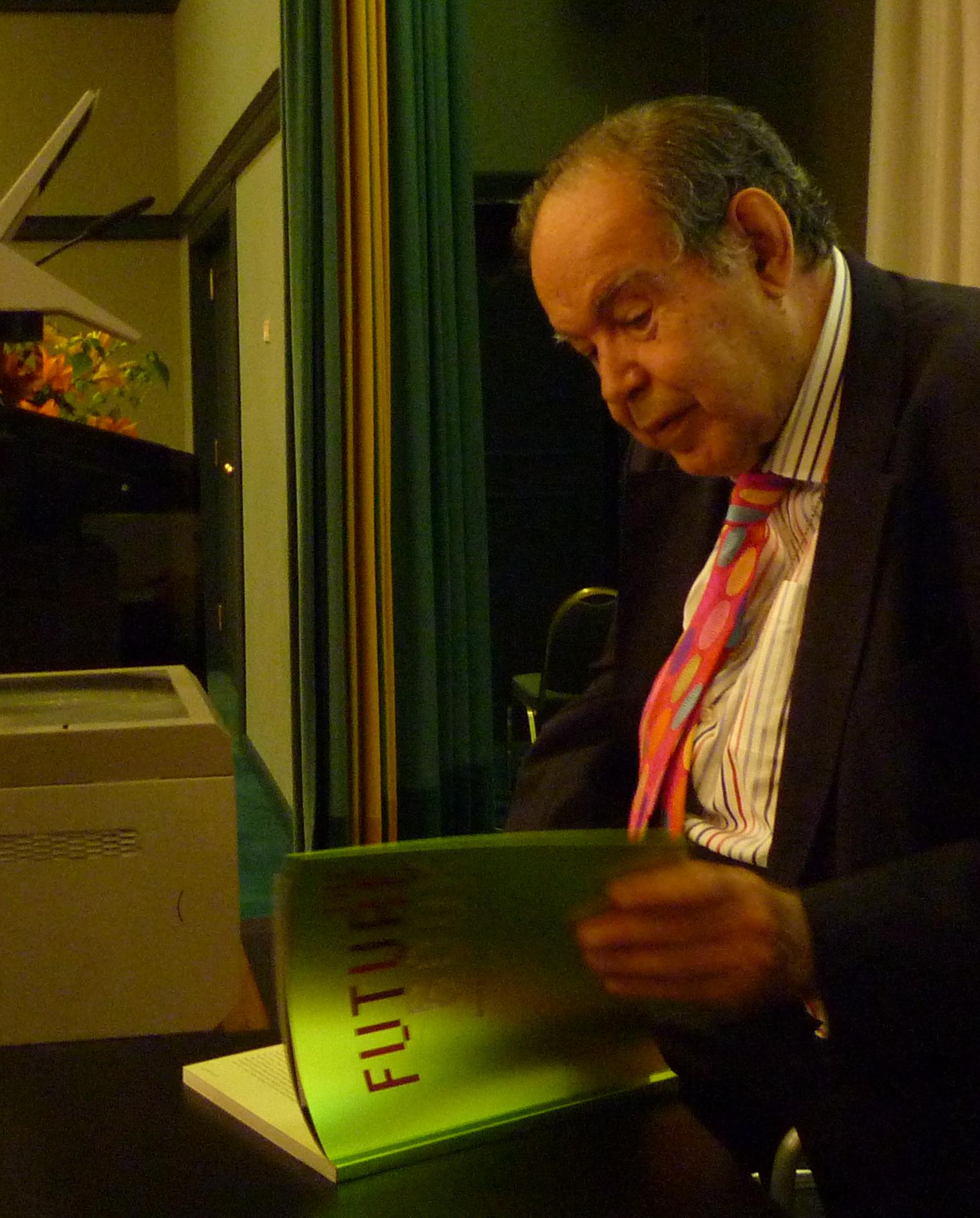How creativity occurs in group works?

I believed that creative people were intrinsically creative from birth. But
gradually, I am finding more evidence that creativity can be fostered. The first question here is, how can people become creative by changing their thinking? Is it possible? In this post, I’ll share something with you not only about individual creativity but also focus on how to make creativity in groups. In fact, having a creative group is a valuable asset which really appeals to me, and I hope that you will have a deep thought about it too.
Group and Creativity
Do you think creativity can be formed in a group? I mean, can usual people come together for creativity? and they achieve a creative outcome?
Honestly, if a few weeks ago I was asked this question, my answer was “Definitely, No, it is impossible“. I believed that the only way a group would achieve collective creativity is to have at least one creative person in that group and everybody supports the creative one to achieve valuable results. But now, I think differently. I believe this is due to the common practice under the guidance of Dr. Magnus Moar, and Miss Debbie Jedwab, which I have exposed to the theory of Edward de Bono, the father of lateral thinking and his thinking hats which I have written a brief description about it in following lines.
Edward de Bono’s Hats

Edward de Bono, who originated the term lateral thinking, in fact, designed and proposed a system by which describes a tool for group discussion and group thinking involving six colored hats. This method provides a creative framework for thinking processes in a detailed and cohesive way in groups.
In 1985, de Bono wrote his well-known book and masterpiece called “Six Thinking Hats“. In the book, he proposed a valuable thinking framework that each part described and called a hat.
The main focus of this method is to make a proper context of thinking through expanding the parallel thinking instead of adversarial thinking. You need to make your thinking more direct to focus on a single topic. I have practiced this fantastic method and find it really useful in producing creative results.
The Hats’ Function
As soon as defining a subject for a discussion, group members wear a random hat. Each hat has a specific function. The description below elaborates each hat’s main function.

- Blue Hat: Managing, Summaries, Overviews, Monitor, Referee (what is the subject? what are we thinking about? what is the goal? Can look at the big picture).
- White Hat: Information, Facts, Figures (considering purely what information is available? what are the facts? what information do we need? what information is missing? what questions do we need to ask?)
- Red Hat: Emotions, Feeling, Affection, Sentiment (intuitive or instinctive gut reactions or statements of emotional feeling -but not any justification, what do you feel about this?).
- Black Hat: Discernment, Careful, Critical, Logical, Judgment (logic applied to identify reasons to be cautious and conservative. Practical, realistic.)
- Yellow Hat: Optimistic response, Positive thinking, Constructive (logic applied to identify benefits, values, seeking harmony. Sees the brighter, sunny side of situations.)
- Green Hat: Creative thinking, Suggestions, Proposal, Alternatives, Ideas (statements of provocation and investigation, seeing where thought goes. Thinks creatively, outside the box.)
Creative Thinking Hats Practice
In fact, each of the hats reveals the secret aspect of our personality, which, if put the right hat in place, you will have a great outcome. For example, when in a meeting we do not get a proper result or creativity, it’s because everyone has a steady, predefined, and hidden hat whose not ready to see the subject through other hats. This method makes a great change in our thinking system; in fact, it is thinking from another perspective through wearing other hats.

The nature of these Six Hats’ Approach is based on the fact that in routine life and usual decision-making situations, several types of thinking are used simultaneously to analyze a single topic. It means, you can not be able to use all of them together at the same time but according to each situation, you unintentionally choose one of them randomly or naturally. According to this method, our usual chaotic thinking should divide into six separate roles (under the hats), then at the same time, everyone will be in the proper role that they should be. From my point of view, these six metaphorical hats are helping us think differently and individually.
In addition, every experience has given us a role that may have been heavily involved in some of our previous roles. The main purpose of this exercise, in my opinion, is to distinguish the roles that each of us can play, and in fact, if these roles are properly segmented, then they can be used. I found this practice very informative which showed that our different thoughts are tightly intertwined, and it is hard to separate these roles easily. Therefore, this method is useful to let us find the best place of our roles & thoughts to be effective and creative as well.
As a result, if we play each of roles in right form then the constructive creativity will emerge. It is fantastic to learn how to think and act differently while trying to form a creative group. This method reminds me that intertwining roles are the first cause of ignoring group creativity, let’s respect the power of the group and expose ourselves to lateral thinking by these hats.